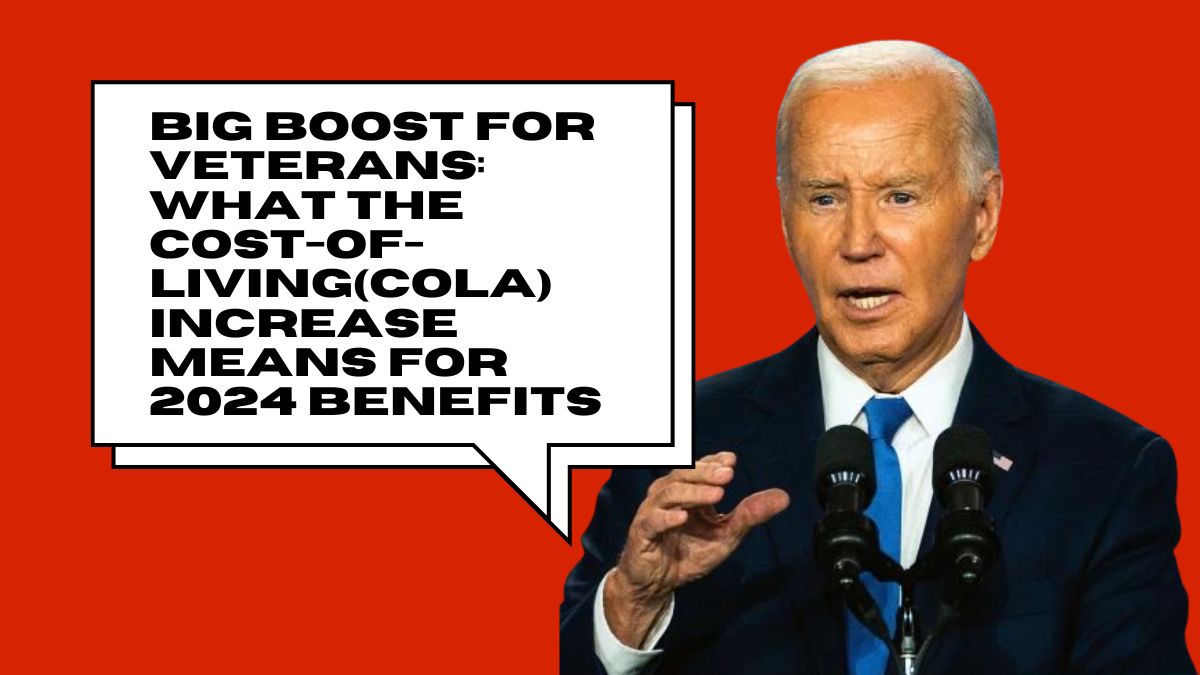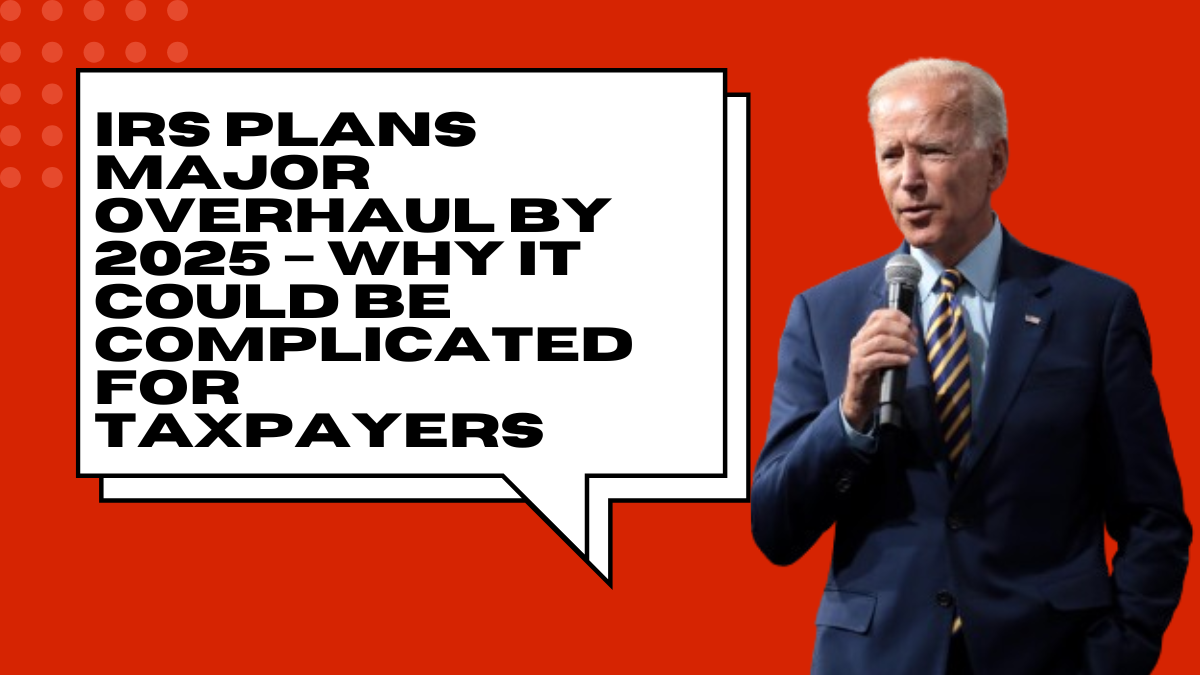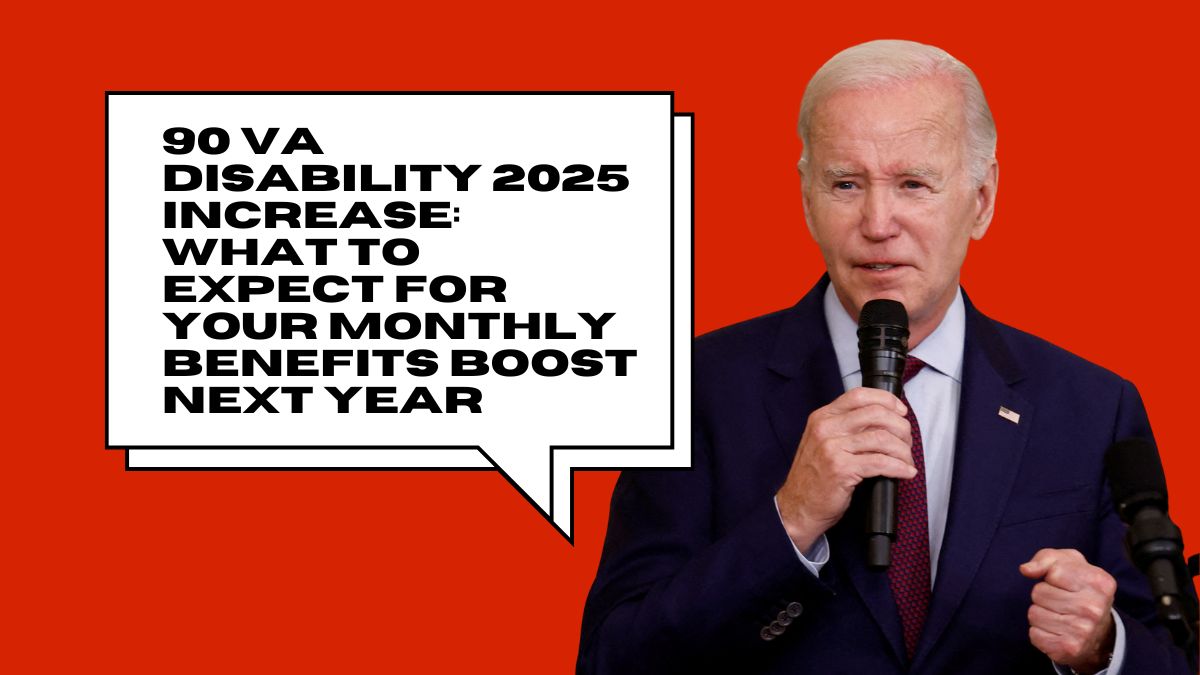The Social Security Administration (SSA) announced a 2.5% cost-of-living adjustment (COLA) for 2025. Millions of Americans will gain from this modification, around 2 million military retirees and 5 million veterans.
Despite being a welcome raise, this COLA is the lowest since 2021, which indicates that inflation has decreased. The CPI-W is the basis for this adjustment made by the SSA, and it will take effect in January 2025.
Understanding the 2025 Cost-of-Living Increase
The 2.5% COLA will affect several benefit categories, including:
- Veterans getting disability benefits: A veteran who receives a $1,500 monthly disability payout, for instance, will see an increase of about $38 per month. This is less than the $48 monthly rise from the 3.2% COLA in the prior year.
- Military retirees: Military retirees will also receive a 2.5 percent increase in their monthly retirement benefits. For example, a retiree making $1,000 per month would receive an additional $25 each month.

Despite the increase, the rate is lower than in prior years. Beneficiaries received a substantial 8.7% hike in 2022 because of the high inflation brought on by the epidemic; in 2023, the increase was 3.2%.
| Year | Cost-of-Living Adjustment (COLA) | Monthly Increase for $1,500 Benefit |
|---|---|---|
| 2021 | 5.9% | $88.50 |
| 2022 | 8.7% | $130.50 |
| 2023 | 3.2% | $48 |
| 2024 | 2.5% | $38 |
Why the Adjustment Is Smaller This Year
The CPI-W, which measures inflation trends, calculates the COLA. The SSA fixed the COLA at 2.5% as inflation decreased in 2024, from 2.9% in July to 2.2% in September. Even if inflation has slowed, growing expenses for necessities like food, housing, and healthcare continue to strain many veterans and retirees.
The Senior Citizens League claims that the way COLA is now calculated may not adequately account for the costs incurred by older Americans, particularly veterans.
Whether Congress should use a different way to measure prices, like the CPI-E, to show how older people spend their money is still being argued.
Impact on Veterans and Military Retirees
The 2.5% COLA applies to a number of veteran benefits, such as:
- Disability benefits: Veterans with disabilities will receive raises on their level of disability. For example, veterans without dependents and a 100% disability rating will earn around $93 more each month.
- Benefits for survivors: Dependency and Indemnity Compensation (DIC) for survivors will rise correspondingly. These modifications guarantee that survivors will receive assistance even in the face of inflation.
- Military retirement pensions: The benefits that veterans currently receive will be increased in accordance with their service.
Legislative Support for the Increase
Legislators in a recent statute guaranteed the automatic adjustment of veterans’ payments to match Social Security’s COLA. This action is part of a regular procedure that protects veterans’ spending power, particularly in light of the yearly fluctuations in the cost of living.
In addition to veterans receiving disability benefits, the rise applies to those receiving clothing allowances, dependency and indemnity payments, and other VA support services.
What Veterans Can Expect

Veterans and military retirees could anticipate seeing the 2.5% increase reflected in their checks beginning in January 2025. Early in December 2024, recipients will receive notifications regarding the specific changes.
Veterans will benefit from this adjustment since it will help them keep up with the slight increase in living costs. Still, many call for a more comprehensive adjustment system to reflect actual cost burdens.
Even though the 2.5% cost-of-living rise for veterans in 2025 isn’t as high as it has been lately, it still offers much-needed relief as inflation starts to decline. This hike will take effect in January and help survivors, retired military personnel, and veterans receiving disability benefits.
However, many people still want more precise changes to reflect the true cost of living, especially for older Americans and veterans facing increased housing and healthcare expenditures.
The slight increase emphasizes the necessity of ongoing adjustments to better match benefits to the current financial realities of veterans and retirees.











